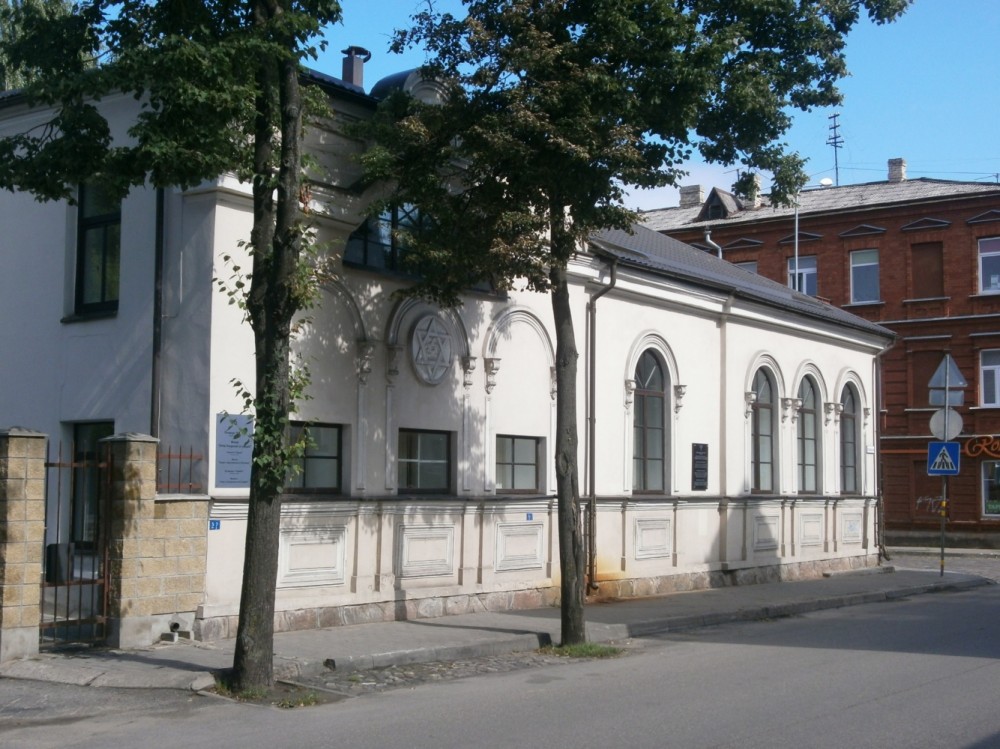
Synagogue architecture during the second half of the nineteenth century and the early part of the twentieth century was seeking novel modes of expression, and therefore the remains of ancient synagogues that were being discovered by western archeologists within the borders of the Biblical Land of Israel became a new source of inspiration. As far away as the New World, the design of contemporary synagogues was influenced by discoveries such as by the American Jewish architect, Arnold W. Brunner, who referenced the Baram Synagogue in the Galilee in his Henry S. Frank Memorial Synagogue at the Jewish Hospital in Philadelphia (1901). Less known is the fact that the archaeological discoveries in the Middle East also influenced the design of synagogues in the interwar period, in the newly-independent Baltic state of Latvia. Local architects picked up information about these archaeological finds from professional and popular editions published in German and Russian. Good examples are two synagogues along the Riga seaside, in Majori and Bulduri, and another in the inland town of Bauska. As was the case in America, the archaeological references in these Latvian examples were infused with eschatological meaning.
Source: Kravtsov S. (2019) Synagogue Architecture of Latvia between Archeology and Eschatology. Arts. 8(3)
Source web-site: https://www.mdpi.com/2076-0752/8/3/99/htm
Number of views: 2768